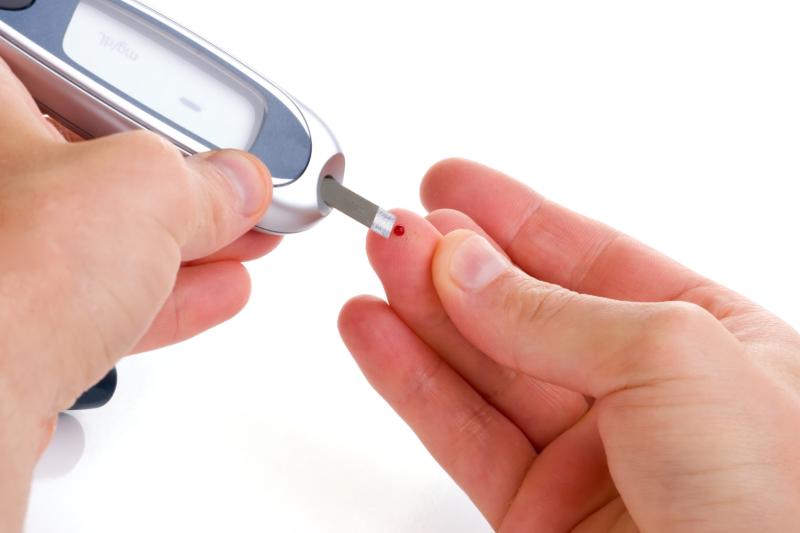
Type 2 diabetes mellitus (T2DM) patients with HbA1c levels of 7–9 percent are at slightly higher risk of chronic obstructive pulmonary disorder (COPD) compared with their peers who have good glycaemic control, a study has found.
Researchers looked at a cohort of 124,876 T2D patients (mean age, 67.24 years; 50.31 percent female). HbA1c level was <7 percent (53 mmol/mol) in 43.35 percent of patients, 7–8 percent (53–64 mmol/mol) in 23.79 percent, 8–9 percent (64–75 mmol/mol) in 11.69 percent, 9–10 percent (75–86 mmol/mol) in 4.87 percent, and >10 percent (86 mmol/mol) in 2.99 percent.
COPD occurred in 1,320 patients, of whom 76.52 were men. T2DM patients with concomitant COPD were more likely to have a higher duration of diabetes and have comorbid conditions (eg, hyperlipidaemia, cardiomyopathy, chronic kidney disease, chronic liver disease, chronic pancreatitis, epilepsy, heart failure, neoplasm, severe mental illness, venous ulcer, and alcohol/drug addiction). They also had higher physical activity levels and lower rate of drug use but had inadequate diet and higher rates of smoking compared with non-COPD controls (n=6,600).
Multivariate logistic regression models revealed that the COPD risk increased among patients with poor vs good glycaemic control (HbA1c levels <7 percent: odds ratio [OR], 1.18, 95 percent confidence interval [CI], 1.03–1.36).
The risk of COPD was even higher among patients with HbA1c levels of 7–8 percent (OR, 1.24, 95 percent CI, 1.05–1.47) and 8–9 percent (OR, 1.31, 95 percent CI, 1.04–1.66) relative to those with HbA1c levels of <7 percent.
The researchers postulated that the association between T2D and COPD may not be causal.